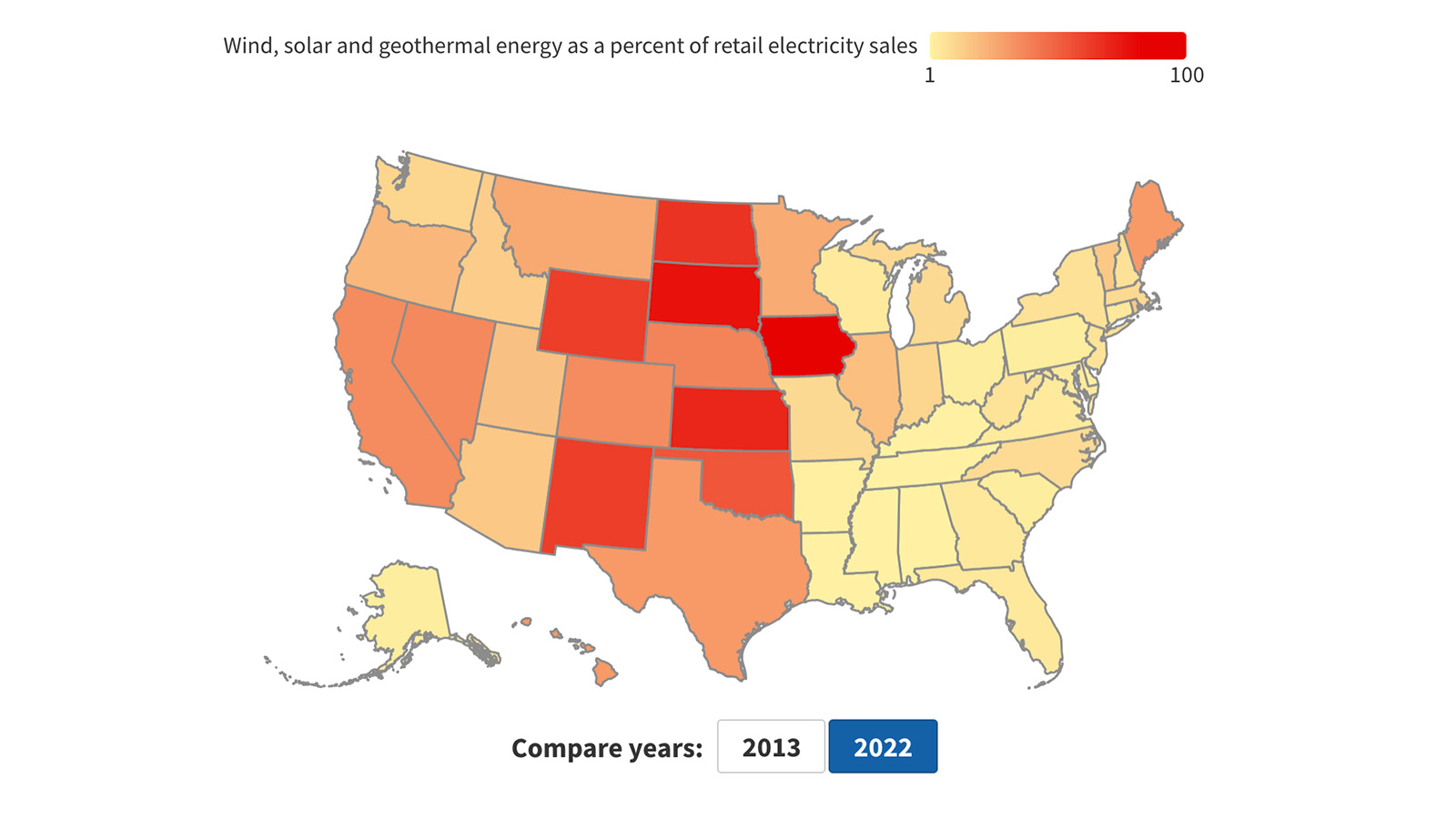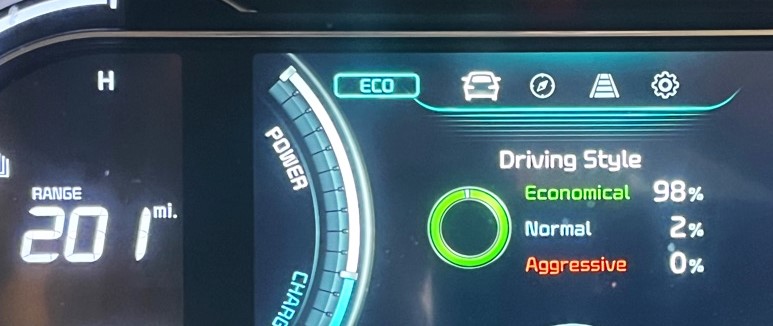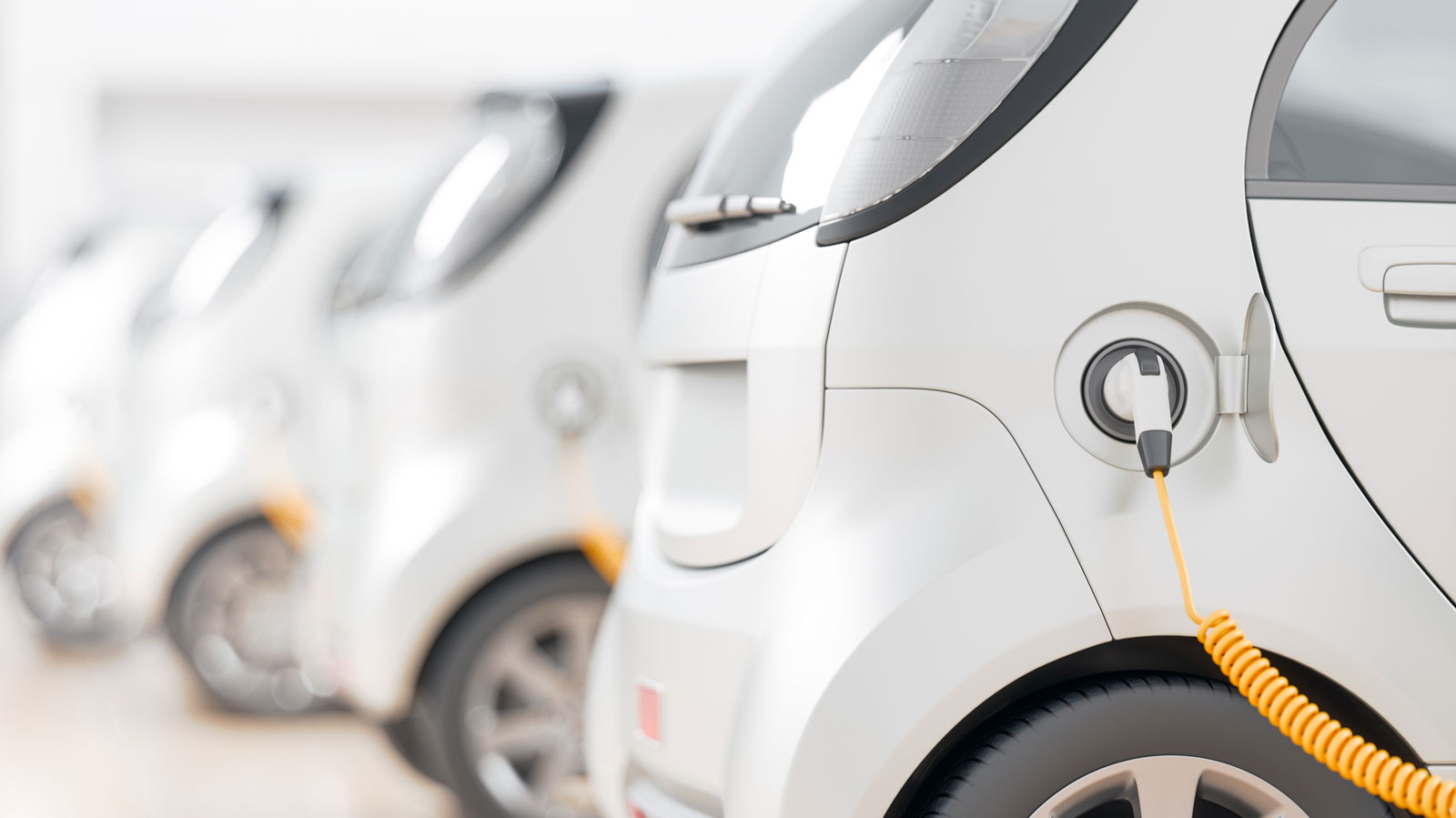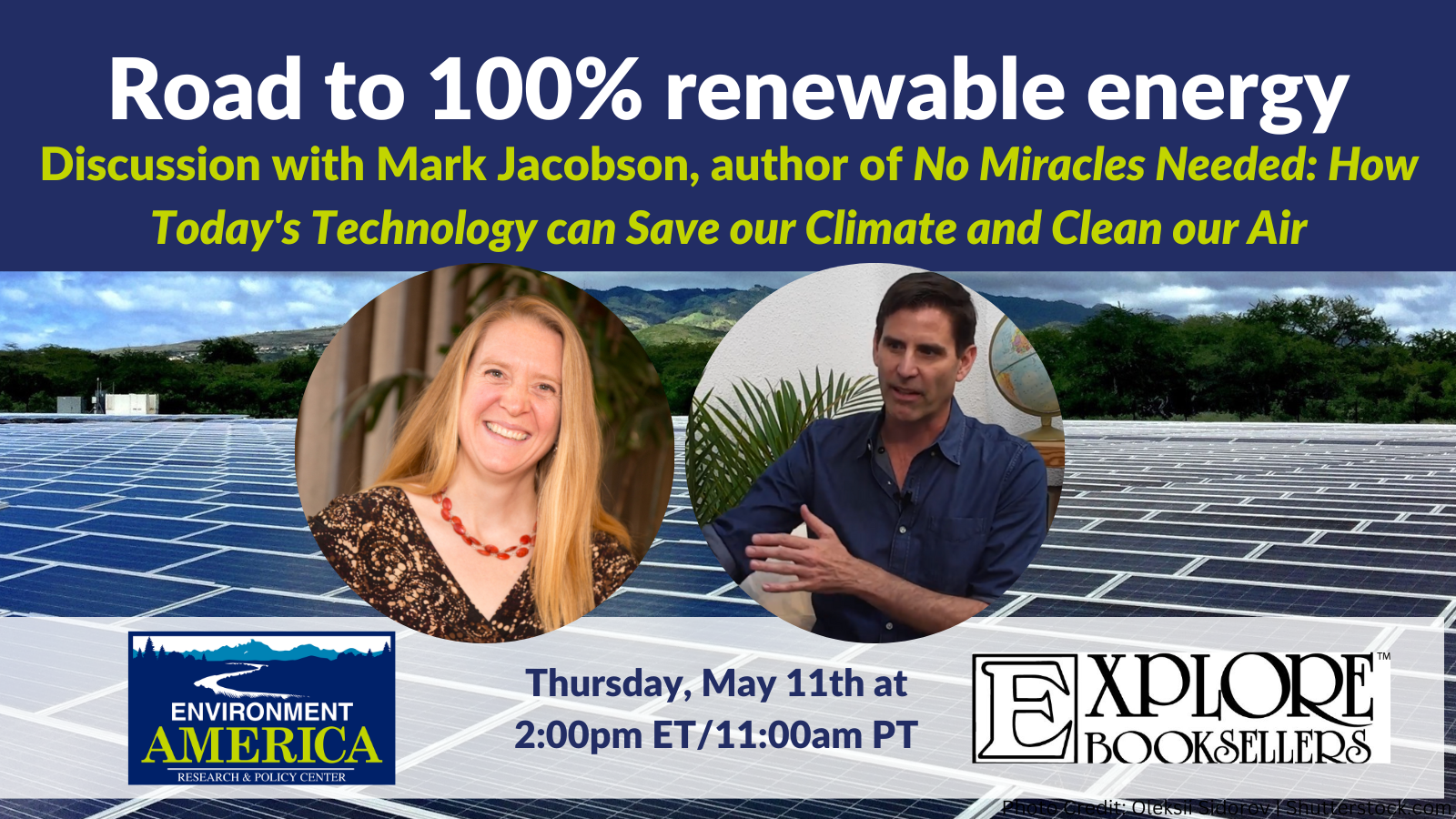
Plug-In Cars
Powering America Toward a Cleaner Future
America’s current fleet of gasoline-powered cars and trucks leaves us dependent on oil, contributes to air pollution problems that threaten our health, and produces large amounts of global warming pollution. “Plug-in” cars are emerging as an effective way to lower global warming emissions, oil use, and smog. A “plug-in” car is one that can be recharged from the electric grid. Some plug-in cars run on electricity alone, while others are paired with small gasoline engines to create plug-in hybrids. Many plug-in hybrids can get over 100 miles per gallon, while plug-in electric vehicles consume no gasoline at all.
As automakers race to become the first to introduce a mass production plug-in vehicle to American consumers, citizens and decision-makers are grappling to understand the implications of switching to a vehicle fleet fueled primarily by electricity for our environment, for consumers, and for the nation as a whole.
Plug-in vehicles show great promise for addressing the nation’s environmental and energy challenges. But it will take strong public policy action to help plug-in vehicles make the leap from promising technology to everyday reality for Americans.
Downloads
Environment Georgia
Executive Summary
America’s current fleet of gasoline-powered cars and trucks leaves us dependent on oil, contributes to air pollution problems that threaten our health, and produces large amounts of global warming pollution. “Plug-in” cars are emerging as an effective way to lower global warming emissions, oil use, and smog. A “plug-in” car is one that can be recharged from the electric grid. Some plug-in cars run on electricity alone, while others are paired with small gasoline engines to create plug-in hybrids. Many plug-in hybrids can get over 100 miles per gallon, while plug-in electric vehicles consume no gasoline at all.
As automakers race to become the first to introduce a mass production plug-in vehicle to American consumers, citizens and decision-makers are grappling to understand the implications of switching to a vehicle fleet fueled primarily by electricity for our environment, for consumers, and for the nation as a whole.
Plug-in vehicles show great promise for addressing the nation’s environmental and energy challenges. But it will take strong public policy action to help plug-in vehicles make the leap from promising technology to everyday reality for Americans.
Plug-in cars can make a major contribution to America’s efforts to reduce global warming pollution.
• More than 40 recent studies show that plug-in cars produce lower carbon dioxide than traditional gasoline-powered cars. One study by the Department of Energy’s Pacific Northwest National Laboratory (PNNL) found that a car fueled by unused capacity in the current electric system would emit 27 percent less global warming pollution than a car fueled by gasoline.
• Studies also found that plug-in cars reduce global warming emissions even when electricity comes primarily from coal, because plug-in cars use energy more efficiently than conventional cars. The PNNL study found that plug-in cars would produce lower global warming emissions than conventional cars in almost every area of the country, using the current electric system.
• America can reduce emissions even further by making its electricity supply cleaner. A study by the Electric Power Research Institute and the Natural Resources Defense Council found that a plug-in hybrid with a 20 mile electric range running on completely clean electricity would emit less than half the global warming emissions of a plug-in hybrid running on electricity from coal-fired power plants.
Switching to plug-in cars will improve our air quality for most Americans.
• Replacing gasoline with electricity will reduce the smog found in our cities and other densely populated areas dramatically. The PNNL study found that powering cars on electricity instead of gasoline would reduce smog-forming volatile organic compounds (VOCs) and nitrogen oxides (NOx) by 93 percent and 31 percent, respectively.
• A study by the Electric Power Research Institute and the Natural Resources Defense Council found that if current emissions standards for power plants are enforced, converting 40 percent of U.S. cars to plug-in hybrids by 2030 would decrease smog for 61 percent of Americans, and increase it for 1 percent of Americans. Soot would decrease for 82 percent of the population, and increase for 3 percent of the population.
• Powering cars on clean electricity such as wind and solar power, either directly or via the electric grid, would eliminate smog in cities and highways with no increased power plant pollution.
Switching to plug-in cars will reduce oil consumption
• If three-fourths of the cars, pick-up trucks, SUVs and vans in the United States were powered by electricity, oil use would be reduced by the equivalent of 52 percent of U.S. oil imports.
Plug-in cars have many benefits and are quickly becoming practical for an increasing number of drivers
• Plug-in hybrids that have been converted from conventional hybrids already exist that achieve 100 miles per gallon or more.
• Electric cars that can go over 200 miles on one charge are being sold in the United States today.
• Most plug-in cars can charge in a normal wall outlet found in many home garages, and rapid chargers have been developed that can fill a 100-mile battery in 10-15 minutes.
• Fueling plug-in cars costs two to five cents per mile, or the equivalent of $0.50 to $1.25 a gallon of gasoline.
• Fuel savings over a ten year period, compared with fuel costs for a conventional car, combined with a federal incentive, can reduce the lifetime cost of a plug-in car as much as $17,000.
• Electric cars are much simpler to maintain than conventional cars, with one moving part compared with the hundreds of moving parts required for an internal combustion engine. Electric cars have no oil changes, and require far fewer repairs.
• Plug-in hybrids are more expensive than conventional vehicles, but will become cheaper over time as battery technology improves and mass production is achieved.
America’s electric system has the capacity to fuel most of our cars today, and plug-in cars could make our grid more reliable and cleaner
• America’s electric system could fuel 73 percent of U.S. cars, pickup-up trucks, SUVs and vans without building another power plant, by charging vehicles at night.
• One million plug-in cars charging simultaneously would only use about 0.16 percent of America’s current electric capacity.
• Plug-in cars could help stabilize the electric grid and provide emergency backup power – reducing the cost of electricity for all consumers.
• If half our cars were plug-in hybrids whose batteries were available to utilities, wind power in the U.S. would double by 2050 through market forces alone, according to a study by the National Renewable Energy Laboratory. This is because parked plug-in cars would provide electric storage capacity that could displace the backup generation capacity utilities would otherwise need to purchase to provide power when the wind isn’t blowing, lowering wind power’s cost.
There are still barriers to the widespread adoption of plug-in cars, but public policies can help to overcome those barriers.
• Despite rapid advances in battery technology over the past decade, automakers and battery developers still have strides to make in arriving at battery designs that deliver the range and affordability American consumers are looking for. Continued funding for research and development of advanced batteries can help.
• The cost of plug-in car prices will be high until they are mass produced. Consumer incentives for plug-in cars and government and fleet purchases can help spur the market for plug-ins, enabling them to achieve mass production more quickly.
• Plug-ins have the potential to deliver many economic benefits – from reducing the cost of electricity to curbing global warming pollution. State and federal governments should adopt policies – ranging from investments in “smart grid” technology to a cap on global warming pollution – that would unlock these benefits, and ensure that purchasers of plug-in vehicles are compensated for the benefits their choice delivers to society.
• The lack of public charging infrastructure – while not a deal-breaker for plug-in vehicle owners who can charge their cars at home – could limit the willingness of some consumers to buy or use plug-in vehicles. Local, state and federal governments should jump-start the creation of charging infrastructure by installing chargers at publicly owned facilities, developing procedures for the installation of chargers on city streets, and encouraging private development of charging infrastructure.
Governments should ensure that the electricity fueling plug-ins is increasingly clean and renewable.
• States and the federal government should enforce a low-carbon fuel standard, requiring that transportation fuels be 10 percent less carbon-intensive by 2020. When calculating global warming emissions, full lifecycle emissions such as indirect land use impacts should be included. This would encourage a switch to electricity as a fuel.
• States and the federal government should require that at least 25 percent of our electricity comes from clean and renewable sources like wind and solar by 2025.
• The federal government and states should strictly enforce current power plant emissions regulations, and fill any gaps in regulation, so that our air quality will continue to improve regardless of the amount of electricity produced.
• The nation should adopt a cap on global warming pollution that reduces emissions to 35 percent below 2005 levels by 2020 and to 80 percent below 2005 levels by 2050.
Topics
Find Out More


Electric vehicles are good. We can make them better.

Electric Vehicles Save Money for Government Fleets

